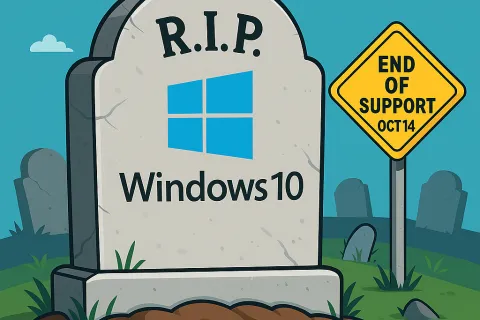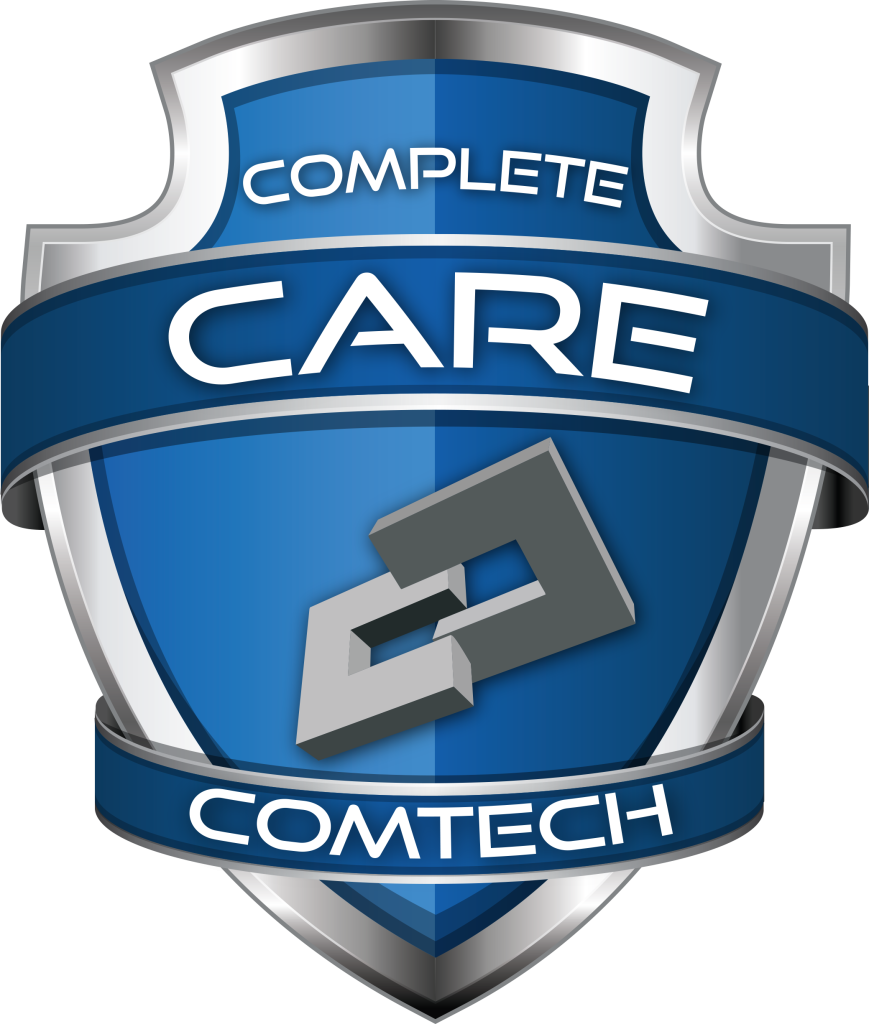Tired of back-and-forth emails just to find a time to meet? Discover a proven method used by hundreds of successful professionals to simplify meeting coordination—and reclaim lost time each week.
Whether you're an office manager booking team meetings, a business owner setting client appointments, or a C-level executive managing a packed calendar, this guide will help you schedule faster, easier, and smarter.
Read (or watch) below to start implementing today.
Why This Scheduling Tip Is a Game-Changer
Most professionals spend several hours each week coordinating schedules. Multiply that across your team, and the lost productivity adds up fast.
By integrating a smart scheduling tool like Calendly or Microsoft Bookings with your Outlook or Microsoft 365 calendar, you allow others to schedule time with you directly—without endless emails. It's one of the easiest ways to improve efficiency and protect your calendar from chaos.
Who Should Use This?
This scheduling approach is ideal for:
-
Office managers coordinating multiple calendars
-
Small business owners managing client meetings
-
C-level executives who want to protect their time
-
Customer service and sales teams juggling calls and demos
-
HR and administrative professionals handling interviews and onboarding
Anyone managing a busy schedule!
Step 1: Connect Your Calendar (Outlook, Microsoft 365, or Google)
Sign up at Calendly.com or use Microsoft Bookings if your company already has Microsoft 365.
Use your Microsoft login so the system can access your calendar availability in real time. Follow the prompts to:
-
Authenticate your identity (Multi-Factor Authentication is highly recommended)
-
Grant access to your calendar
-
Choose your role and goals
With your calendar connected, double bookings and missed meetings become a thing of the past.
Step 2: Set Smart Availability
Customize your schedule to show only when you want to take meetings.
For example:
-
9:00 AM to 12:00 PM
-
1:00 PM to 4:00 PM
You can block off certain days, copy availability across the week, or reserve time for focused work. Many business professionals use these tools to protect deep work time and stay in control of their day.
Step 3: Choose Meeting Types and Add Details
Let people choose how they want to meet with you:
-
Microsoft Teams
-
Zoom
-
Phone call
-
In-person (if applicable)
You can also collect important information ahead of time—like a project name, case number, or specific topic—so you're always prepared.
Other helpful settings:
-
Booking notice: prevent last-minute meetings
-
Advance window: limit how far in advance people can book
-
Buffer time: add breaks before and after each meeting
Step 4: Add Your Booking Link to Your Email Signature
This is the secret to saving hours. Embed your booking link right into your Outlook email signature so people can book meetings with you automatically.
Example:
Please click here to schedule a time that works for you.
It's the simplest way to eliminate the "Does Tuesday at 3 work?" conversations for good.
Final Thoughts: Let Scheduling Run on Autopilot
Time is your most valuable asset. If your team is still coordinating meetings manually, this quick upgrade will help everyone work more efficiently.
✅ Easier scheduling
✅ Fewer emails
✅ Protected work time
✅ Happier clients and team members
And yes—it works seamlessly with Microsoft 365, Outlook, Teams, and Google Calendar.
Bonus: Stay Secure with Multi-Factor Authentication
Security matters, especially if you're syncing calendars or client data. Make sure MFA is turned on for your Microsoft account to keep your schedule protected. Watch this quick video on MFA to learn why it's essential.







